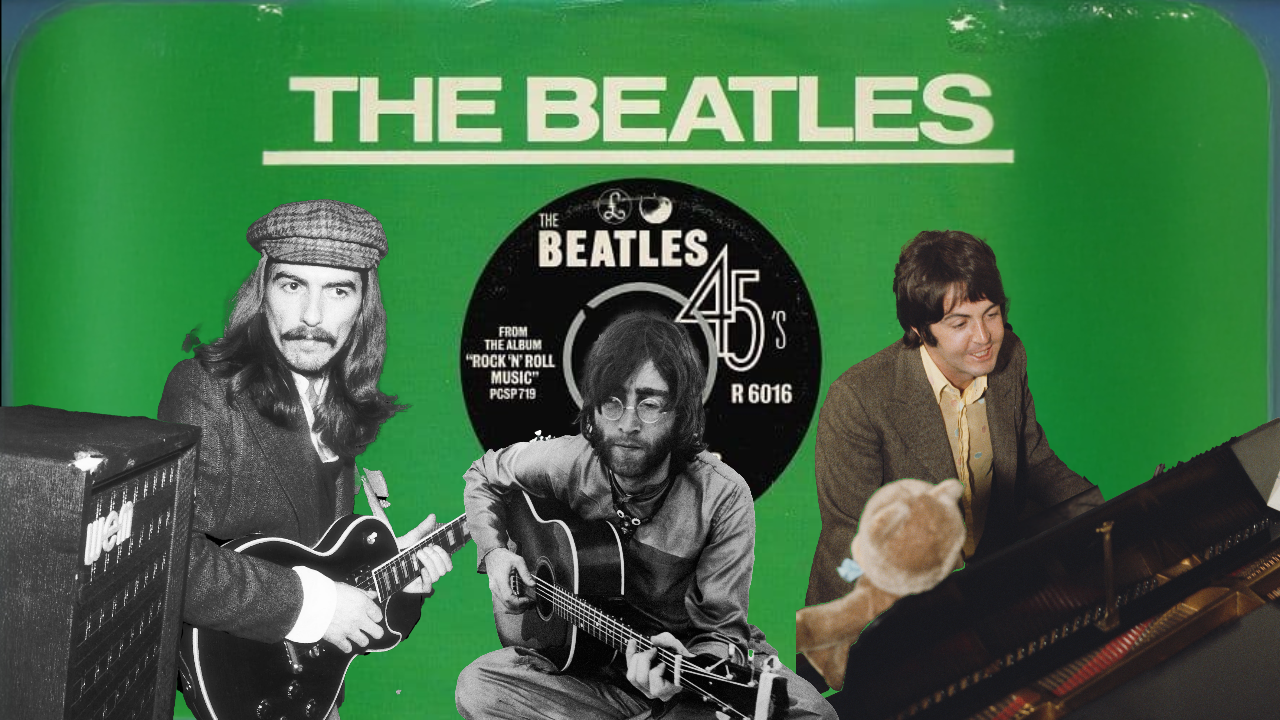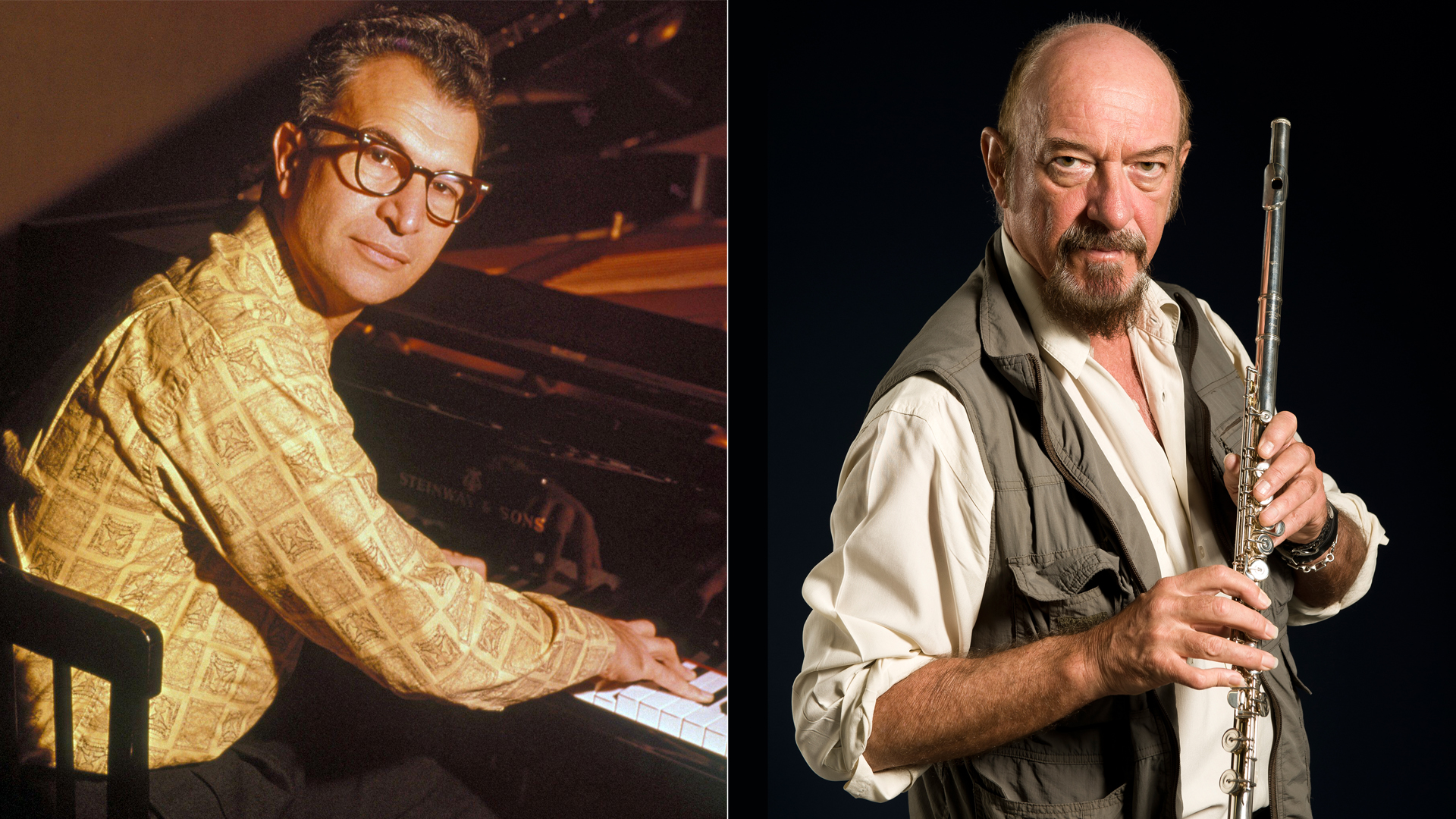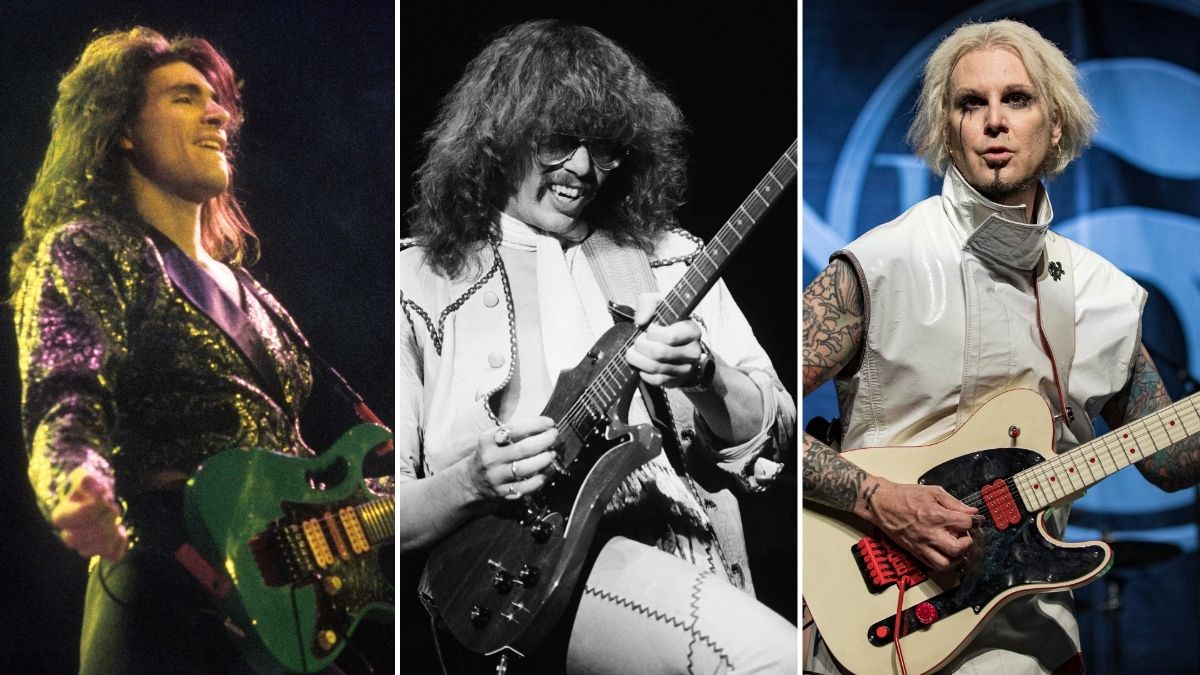The Gretsch Double Anniversary is a Budget Ride to Atkins Country
The “sports car” of the line represents much of the best of Gretsch’s golden years.
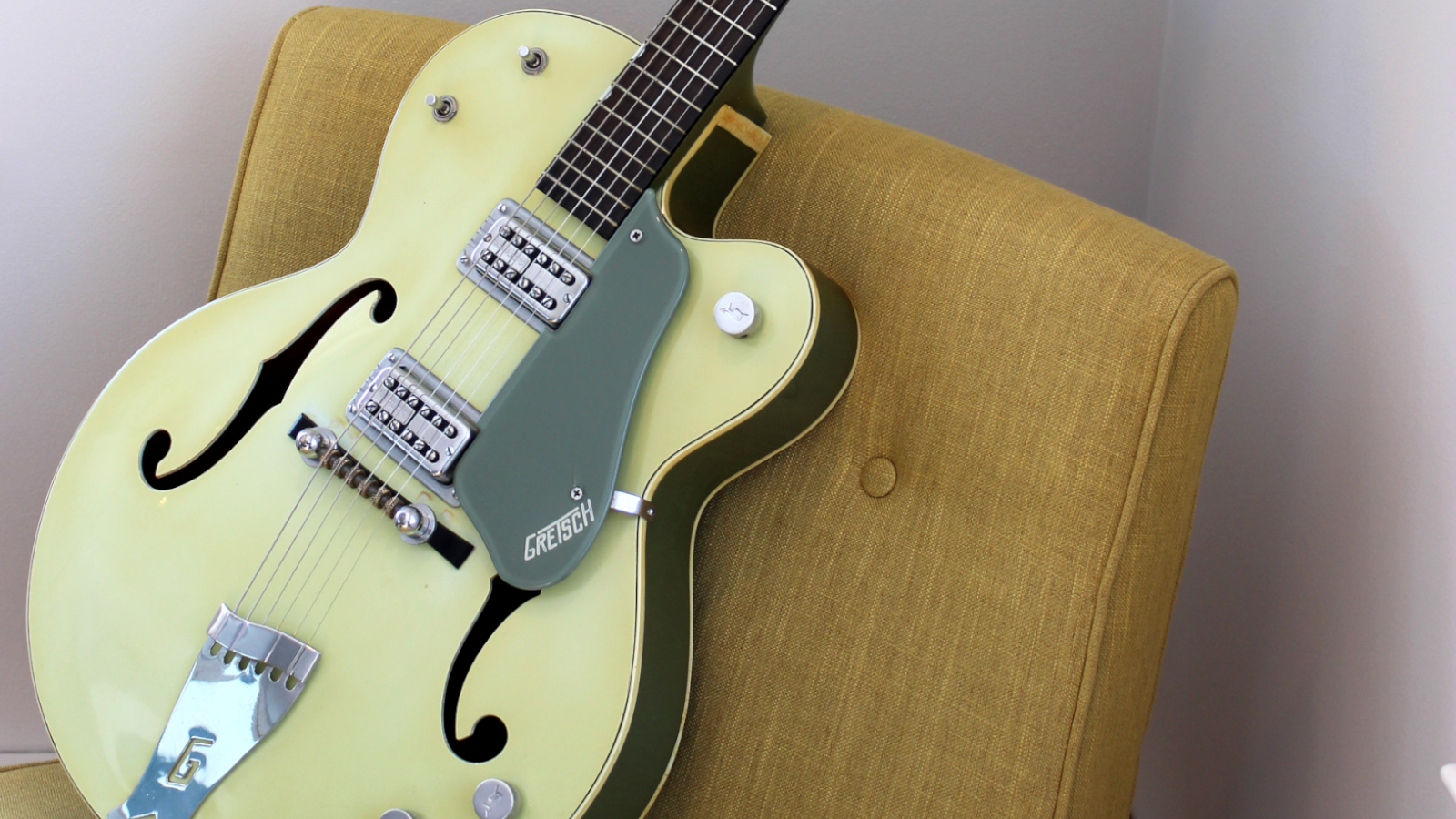
Given its vintage origins and feature set, this 1959 Gretsch Double Anniversary could easily slip under the wire as a classic in its own right.
As often as not, however, you’ll see it lauded for its stand-in status, hailed as a poor man’s 6120 Chet Atkins, since it left the factory with some 95 percent of the same specs as that hallowed collectible.
As it stands though, the Double Anniversary represents much of the best of Gretsch’s golden years, and at a fraction of the cost of another electric guitar that might come to mind whenever the description “PAF-equipped ’59 single-cut” is mentioned.
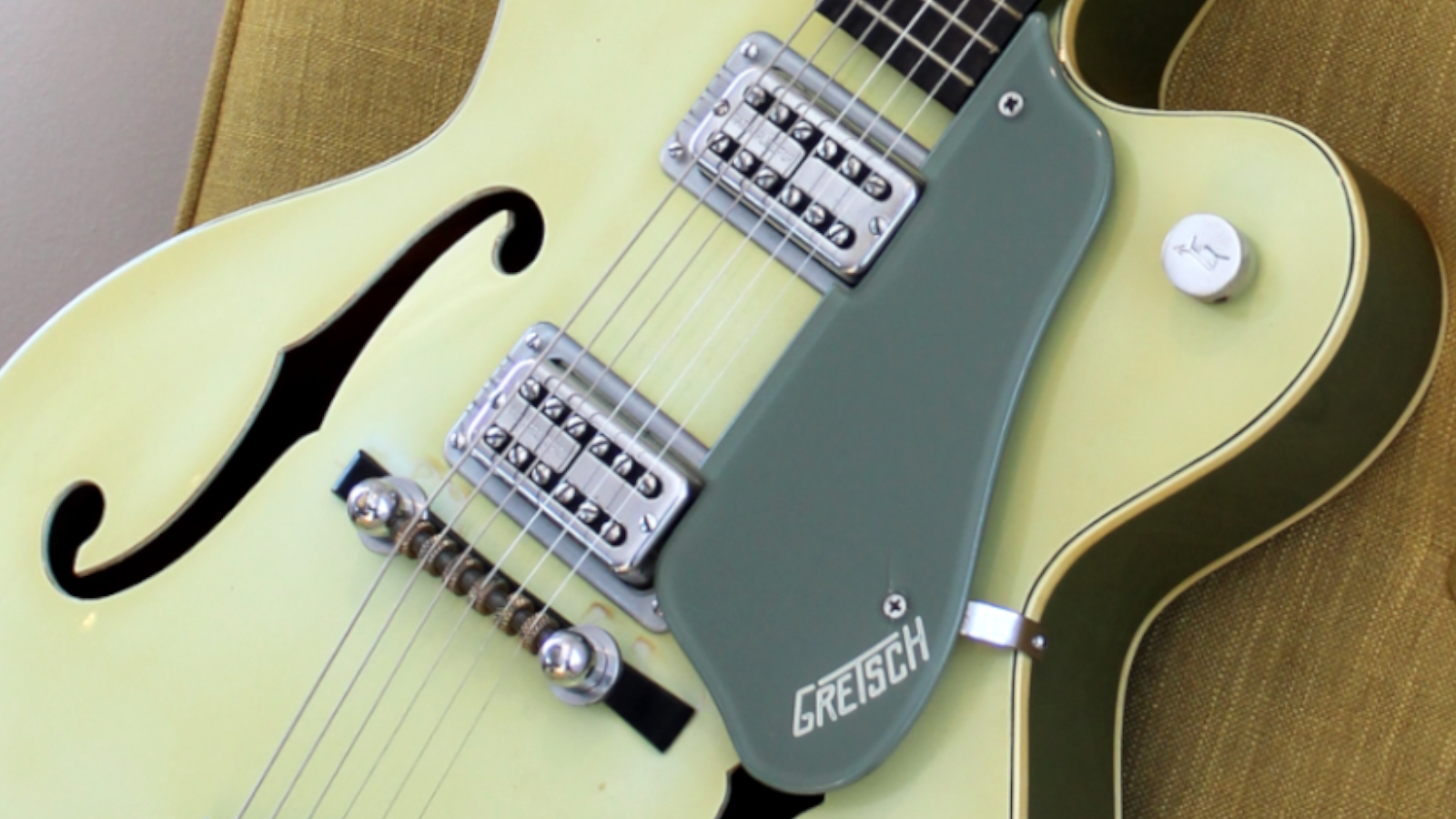
German immigrant Friedrich Gretsch founded the storied musical instrument company in Brooklyn, New York, in 1883, initially to make drums, banjos and tambourines. Guitars were added to the lineup a couple of decades later under the direction of his son, the next in a long line of “Fred” Gretsches to head the company.
Six-strings became a more and more prominent part of the catalog through the jazz guitar age, war years and into the birth of rock and roll.
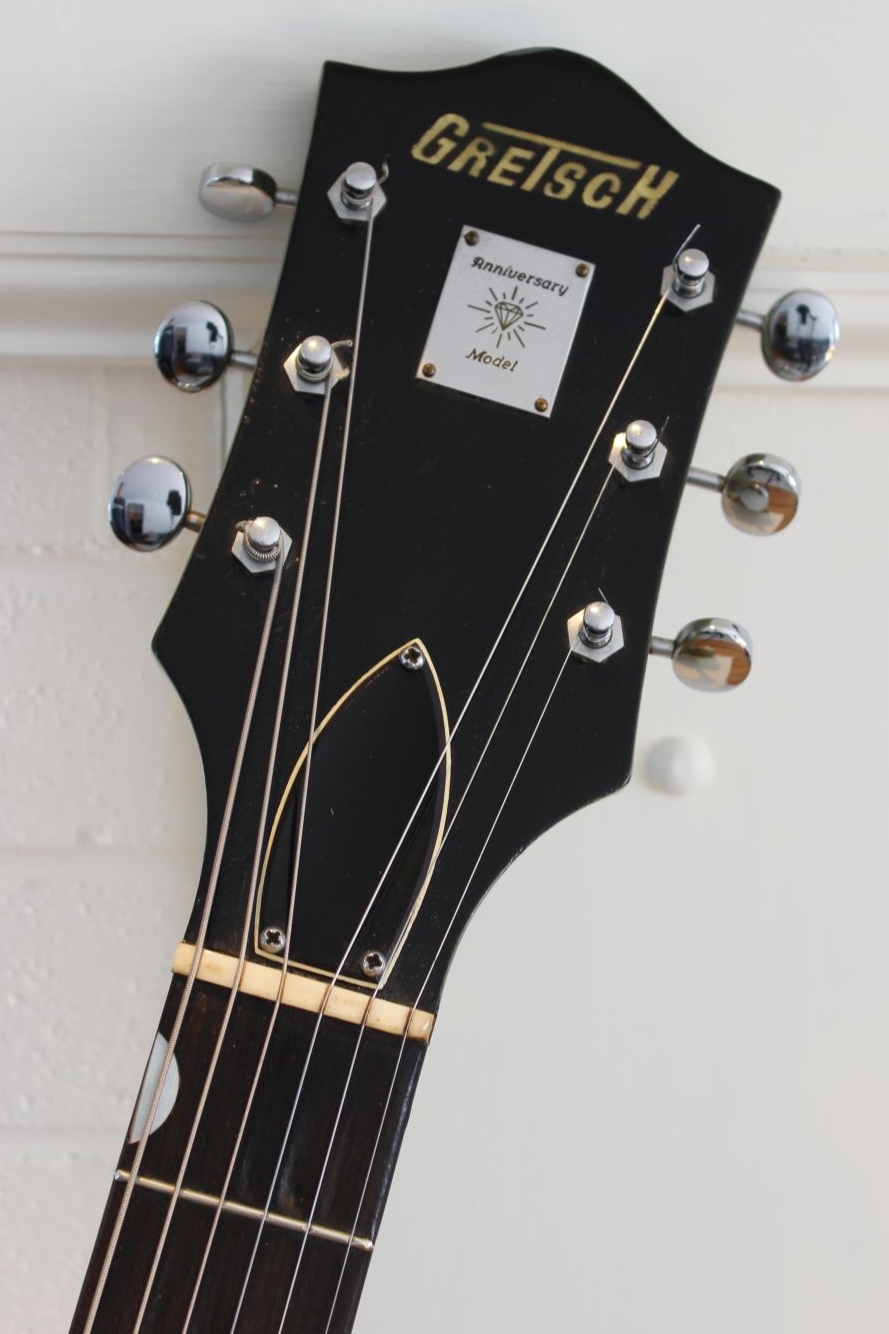
Gretsch introduced the Anniversary in 1958 to celebrate the company’s 75th year in business, offering two models in two finish options each: the Anniversary, with one pickup, and the Double Anniversary, with two, available in either Sunburst or two-tone Smoke Green.
Although it was presented as a celebration model, Gretsch intended the Anniversary to be accessible to a wide number of players. It received the same body shape and construction as the flagship 6120 Chet Atkins model, but it lacked that guitar’s fingerboard and f-hole binding.
Get The Pick Newsletter
All the latest guitar news, interviews, lessons, reviews, deals and more, direct to your inbox!
The Anniversary was also available in hardtail only, with a “G” trapeze tailpiece and no standard Bigsby option. As such, it was considered a fully professional model. But with a price of $225 for the Single and $310 for the Double – versus $475 for a 1958 Gretsch 6120 – the Anniversary could get a lot of hard-working guitarists in the door.
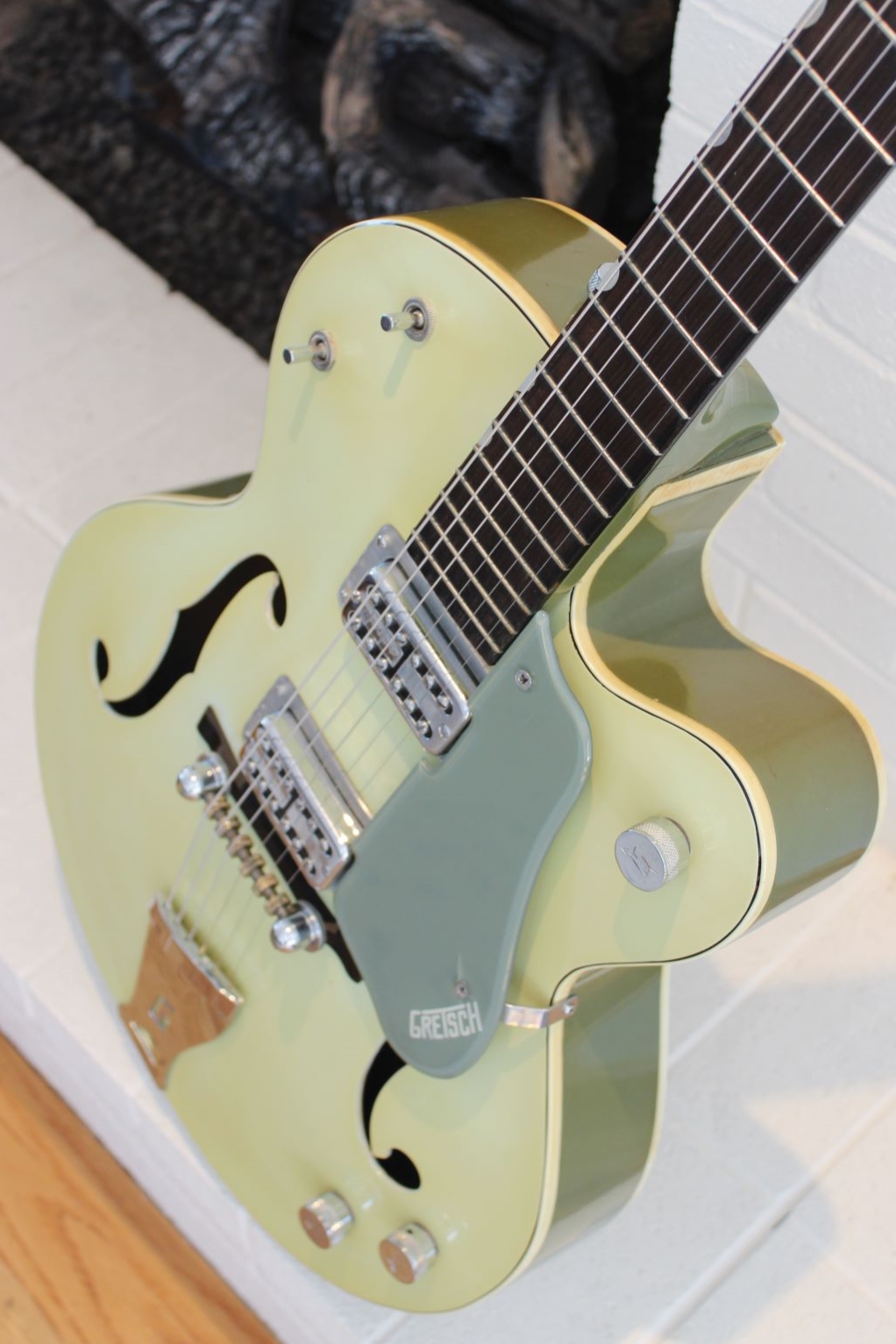
As the 1959 catalog put it, “This popular new beauty is the ‘sports car’ of the Gretsch line. Snappy, trim modern lines… exclusive built-in playing features that help give you the sound of distinction. A real knock-out in two-tone Smoke Green.”
Plenty of players agreed, and Gretsch sold a lot of these models. As mentioned, the Anniversary’s real USP was that it delivered the same basic specs and construction quality as more upscale models, at about 65 percent of the price (when considering the Double), lacking just a few strips of cellulose binding, which on many vintage Gretsch guitars has decayed or deteriorated over the years anyway.
This popular new beauty is the ‘sports car’ of the Gretsch line... A real knock-out in two-tone Smoke Green.
1959 Gretsch catalog
Otherwise, the addition of the second pickup included the full current-spec control array, with a three-way pickup selector, independent volume controls for each pickup, a master volume and a three-way tone switch (positioned alongside the pickup selector on the upper bout).
Generally dubbed the mud switch for its ability to deliver two alternative sounds best described as dull and duller, the tone switch is considered next to useless by most players today. Some modify it with less impactful tone caps, while others just ignore it completely and leave it in the middle bypass position.
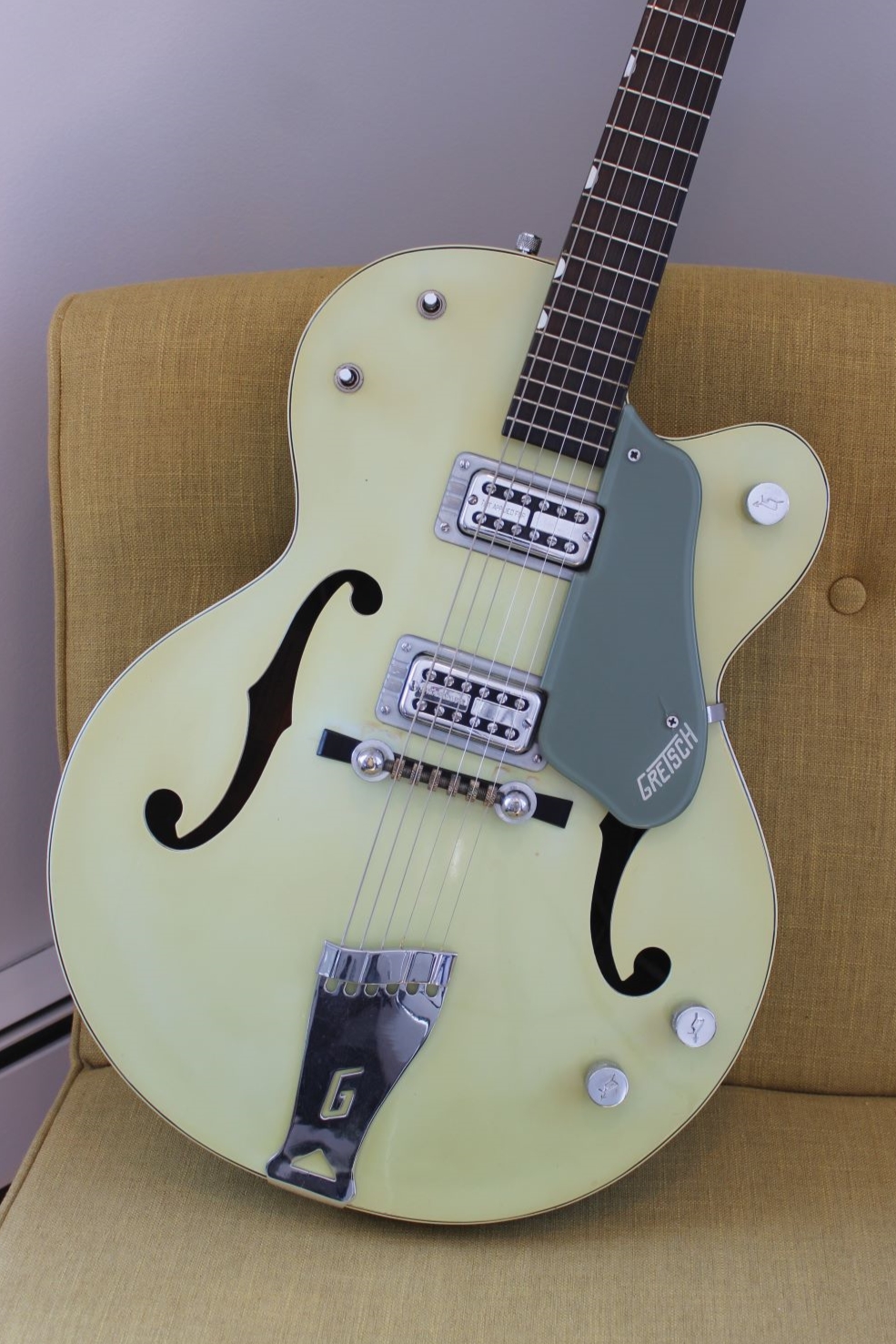
For today’s players, the 1958-’59 Anniversaries are especially noteworthy for having the Filter’Tron humbucker, Gretsch’s top-flight pickup from that time.
Developed at the behest of Chet Atkins by engineer Ray Butts (inventor of the EchoSonic amplifier with built-in tape echo), the Filter’Tron was neck and neck with Gibson’s own PAF for the title of first viable humbucking guitar pickup, and while it sounds very different from the fatter unit from Kalamazoo, it ushered in another classic rock and roll tone.
Although they remain more affordable on the vintage market than Gretsch’s upscale models, Double Anniversaries like the one shown here are becoming harder to find and getting more expensive, thanks to their plethora of desirable features.
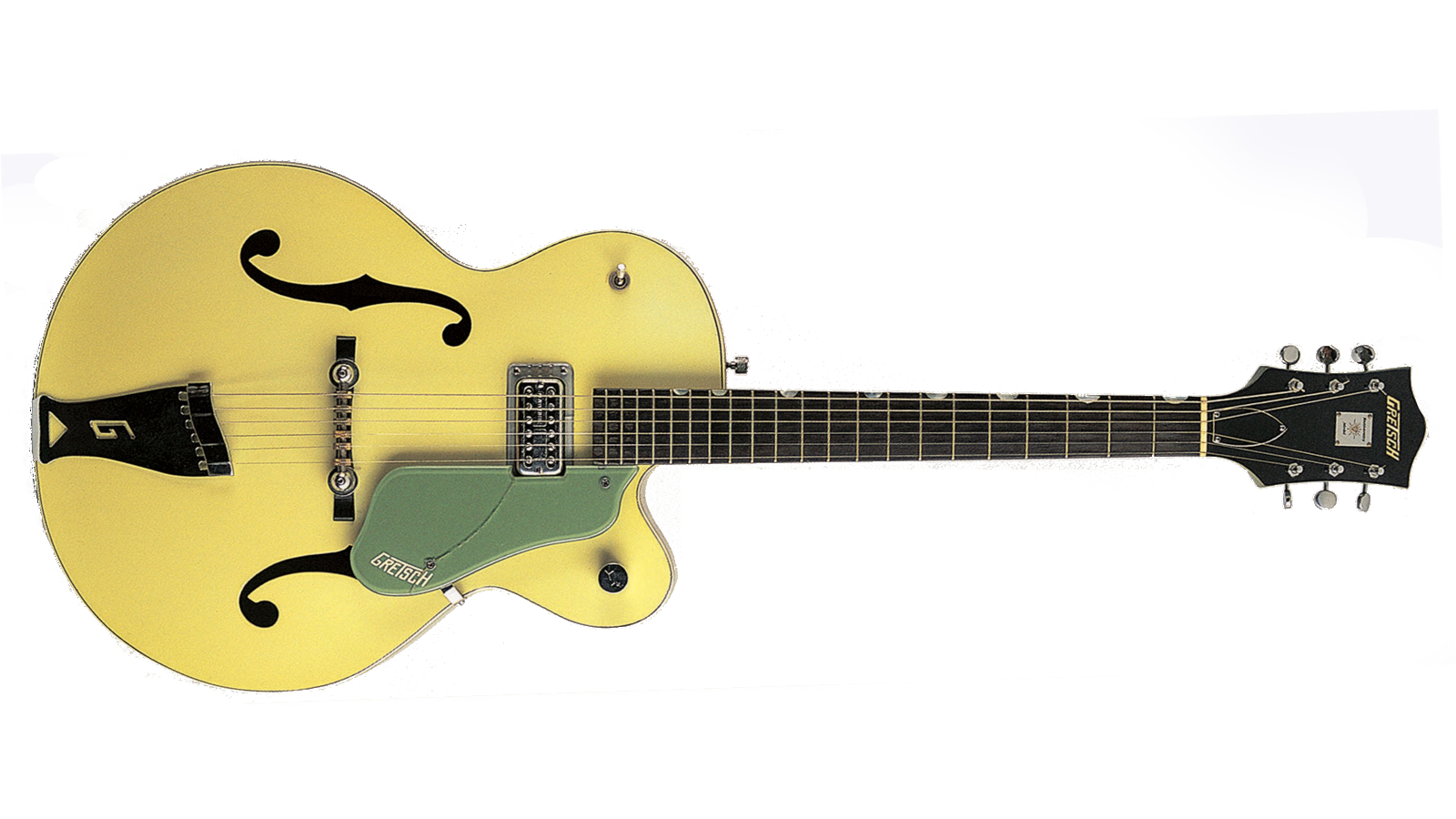
The 1958-’59 Single Anniversaries, on the other hand, often cost half (or even less) than the Doubles. For that reason, they’re frequently snatched up and converted to Double status with a second pickup, either with extra volume controls or wired up hot-rod style, with the tone switch converted to a pickup selector fed into the single master-volume control.
While the ’58s are still great vintage sleepers, a construction change in late ’58 or early ’59 helped make the sophomore versions even more desirable.
Single Anniversaries often cost half (or even less) than the Doubles
These guitars received the next evolution of Gretsch’s trestle bracing – the parallel trestle-like post-and-bridge system that braces the back and top – which was somewhat lighter and thinner, and allowed for a more resonant guitar overall.
Gretsch continued to offer the popular Anniversary models well after the 75th celebrations had passed, and even into the 100th anniversary and beyond, and delivered several renditions in the reissue years.
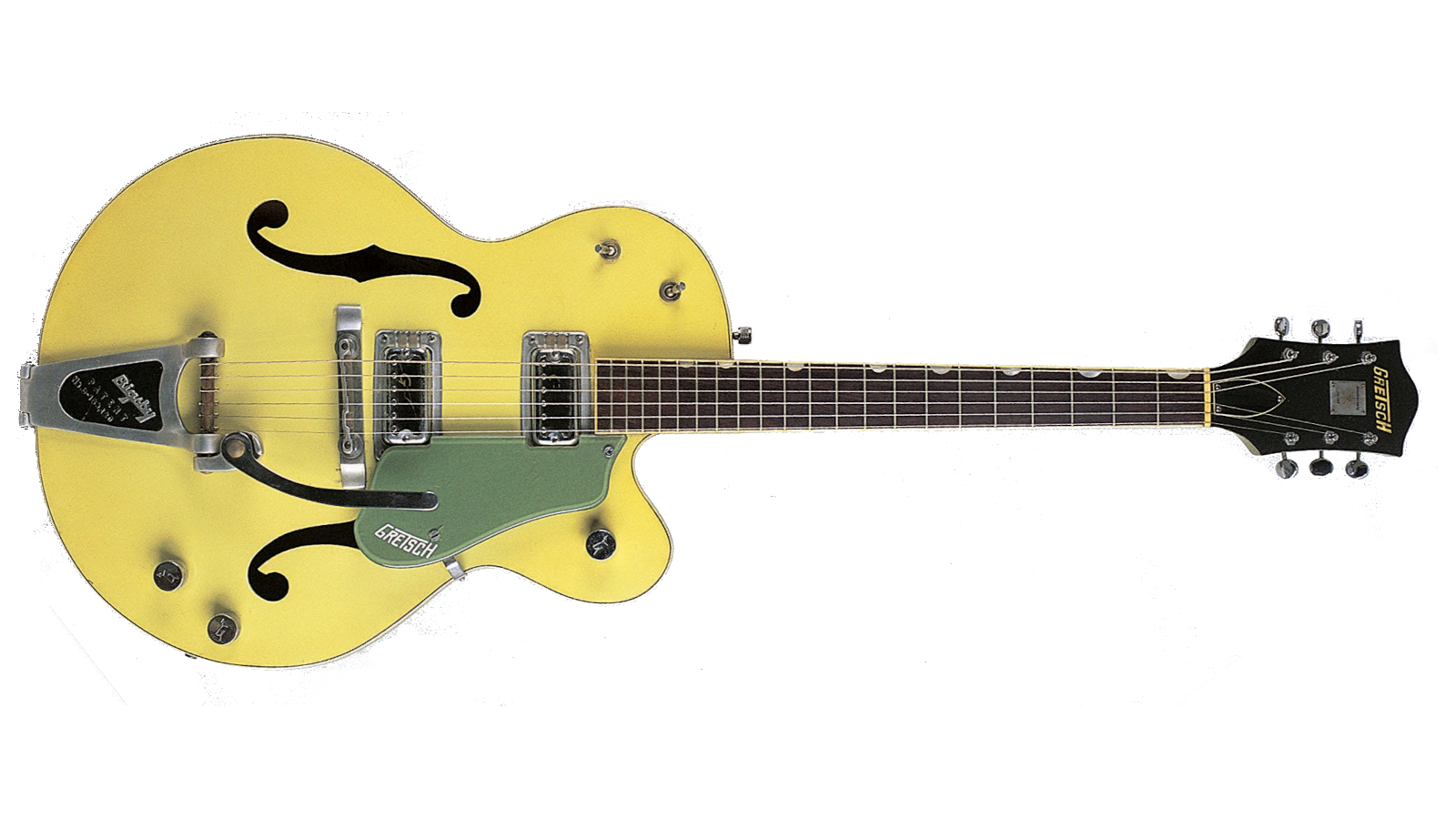
Part way into 1960, however, the Anniversaries lost their Filter’Trons when the company introduced its own in-house HiLo’Tron single-coil pickup to replace the DeArmond Model 2000 aka Dynasonic single-coils it had used previously.
The HiLo’Trons are still very cool pickups, and plenty of players really dig them, but it’s hard to argue that they’re as desirable as a pair of original Filter’Trons.
Gretsch also changed the Anniversaries’ body construction somewhat through the ’60s as the company’s other models evolved, although it did not receive a zero fret until 1968, seven years after Gretsch’s upscale models received them, in 1961.
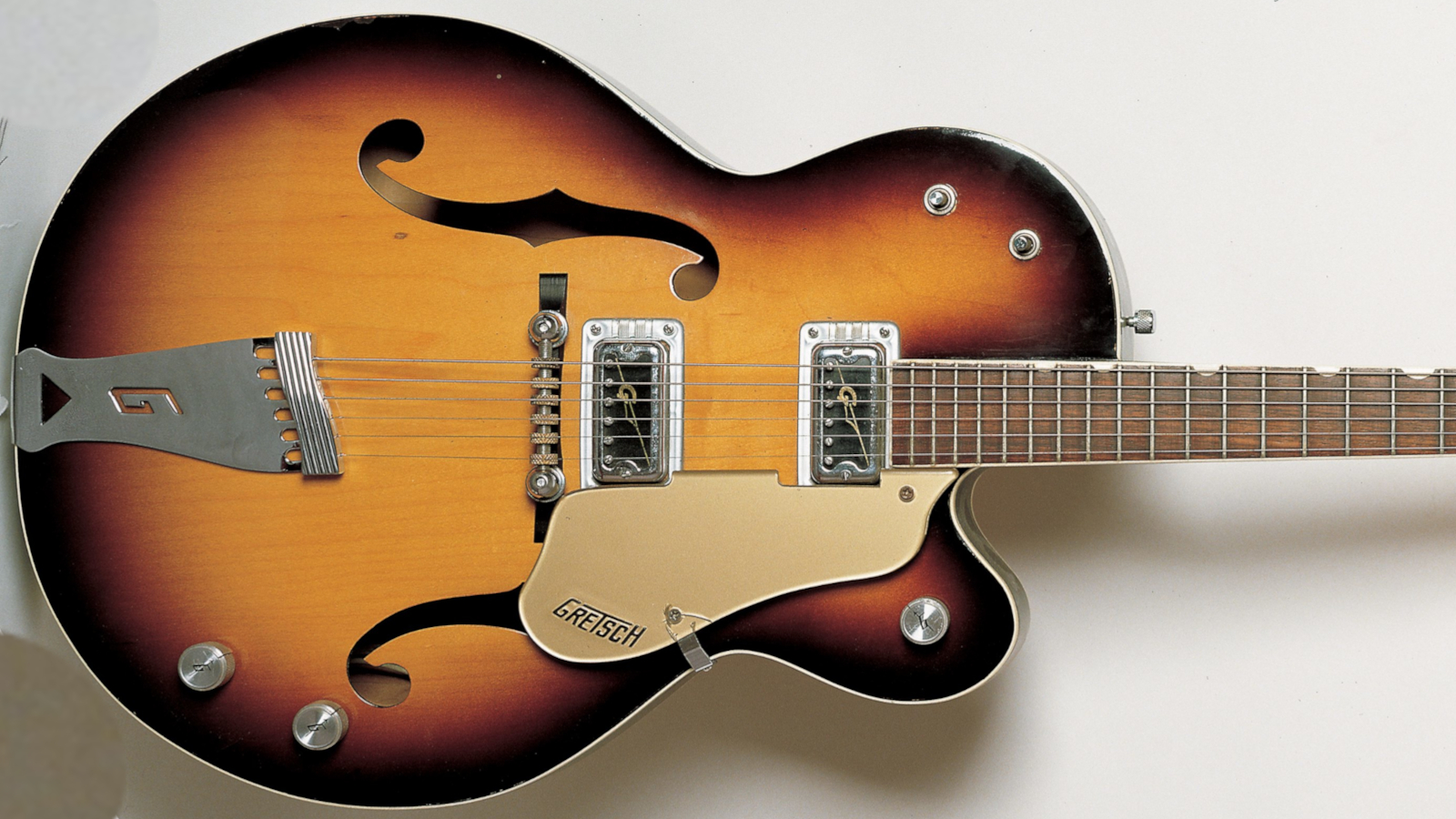
Gretsch even gave this “sports car” model a bound fingerboard in 1963. Despite the changes, and arguably lesser desirability compared to the ’59 models, many of the ’60s Double and Single Anniversaries still provide surprisingly affordable access to genuine vintage Gretschitude.
Experienced buyers of vintage models should look for issues such as binding deterioration and the possible need of a neck reset, but there’s often a lot of potential to be found for those who don’t mind taking on a project.
Fortunately, this 1959 Gretsch Double Anniversary comes to us with few issues, just a little discoloration on some of the binding, and a fulsome double dose of “That Great Gretsch Sound” courtesy of two “Pat. Applied For” Filter’Tron pickups.
And for all that, it’s almost as much fun to look at, lounging in its sultry two-tone Smoke Green finish, as it is to play. Well… almost.
Essential Ingredients:
- Archtop hollowbody made from laminated maple
- Single Venetian cutaway
- Light trestle bracing
- Two-tone smoke-green finish
- 24.6” scale length
- Two “Pat. Applied For” Filter’Tron humbucking pickups
- Save cash on the best electric guitars under $500
Dave Hunter is a writer and consulting editor for Guitar Player magazine. His prolific output as author includes Fender 75 Years, The Guitar Amp Handbook, The British Amp Invasion, Ultimate Star Guitars, Guitar Effects Pedals, The Guitar Pickup Handbook, The Fender Telecaster and several other titles. Hunter is a former editor of The Guitar Magazine (UK), and a contributor to Vintage Guitar, Premier Guitar, The Connoisseur and other publications. A contributing essayist to the United States Library of Congress National Recording Preservation Board’s Permanent Archive, he lives in Kittery, ME, with his wife and their two children and fronts the bands A Different Engine and The Stereo Field.
"It's a powerful, versatile variation on the timeless Telecaster, with a vital back story to boot." We review the Fender Stories Collection Mike Campbell Red Dog Telecaster
Guitar Center's Guitar-A-Thon is back, and it includes a colossal $600 off a Gibson Les Paul, $180 off a Fender Strat, and a slew of new exclusive models

